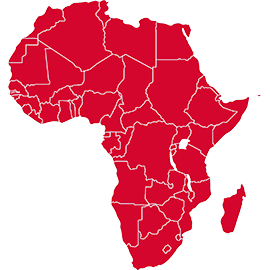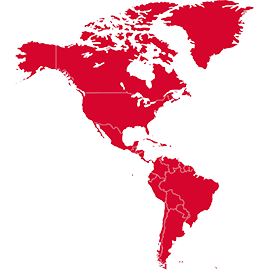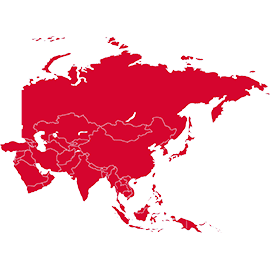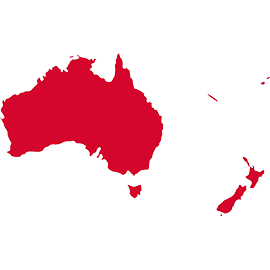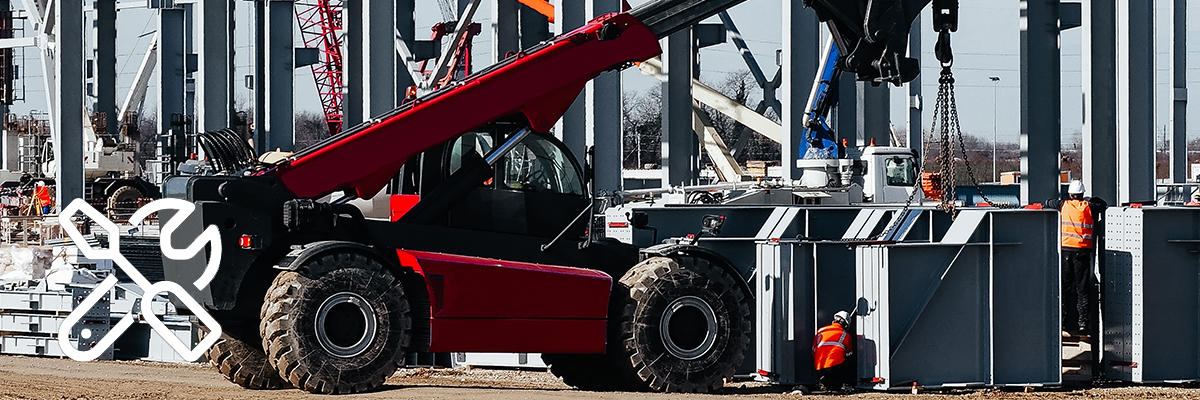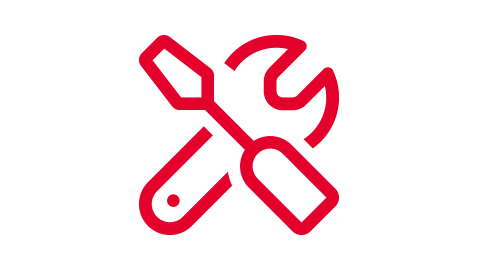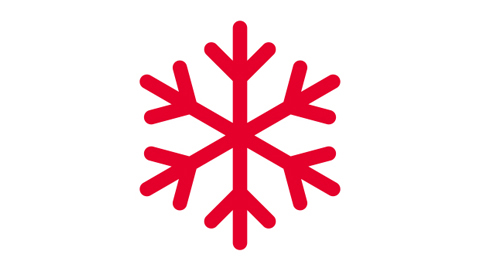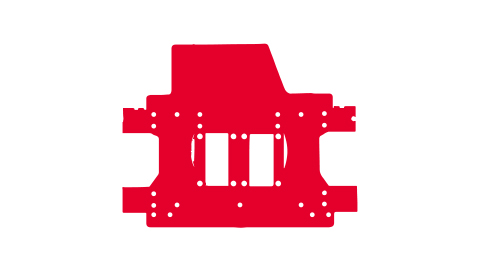Routine maintenance
Before starting work with a telehandler, the operator should perform routine maintenance. This includes visually inspecting the machine and checking some critical components to verify everything is in working order and the telehandler is safe to use.
Some things that should be done during routine checks are (in no particular order):
- Ensuring that there is no damage to the machine like split welds, metal cracks, or any other type of structural damage;
- Checking all fluid levels, including engine coolant and oil, hydraulic fluid, brake fluid, etc.
- Inspecting the hoses for signs of wear and checking for leaks;
- Checking and changing filters;
- Ensuring that the tyres are not cracked or otherwise damaged and – if the tyres are air-filled – checking whether they are filled to the correct amount;
- Inspecting stickers, decals and labels and replacing them if they are damaged or illegible.
- Inspecting the attachments for signs of damage;
- Etc.
In addition to the above inspections, the operator should carry out function tests to confirm that all basic parts and functions are in proper working order. This includes testing the steering and braking, ensuring that all boom and attachment controls are working, checking the Load Stability Indicator (LSI), and more. If these tests reveal any problems, the telehandler should not be used until repairs have been made.
Note that these checks and tests should only be carried out when the telehandler is parked on a level surface with the boom in a vertical position. The operator should also always refer to the machine’s operation and maintenance manuals for a comprehensive list of all required inspections.
Preventive maintenance
Telehandlers should undergo thorough inspections in addition to the daily checks carried out by the operator. During preventive maintenance, a technician looks for incipient problems and minor defects before they can develop into more serious defects and subsequent machine breakdown. If the inspection reveals issues, these should be addressed and all necessary parts replaced before the telehandler can be used again.
For some parts, such as tyres, it is easier to tell when they need replacing because they show telltale signs of wear. However, it is always best to consult the machine manual, which contains guidelines on how much wear is acceptable for specific components. The manual also indicates how often preventive maintenance should be carried out (more on this later). It is important to keep to this predetermined schedule, as timely maintenance ensures that problems don’t get worse because they go undetected for a long time.
For more information on routine and preventive maintenance, see our blog on why construction equipment maintenance matters.
